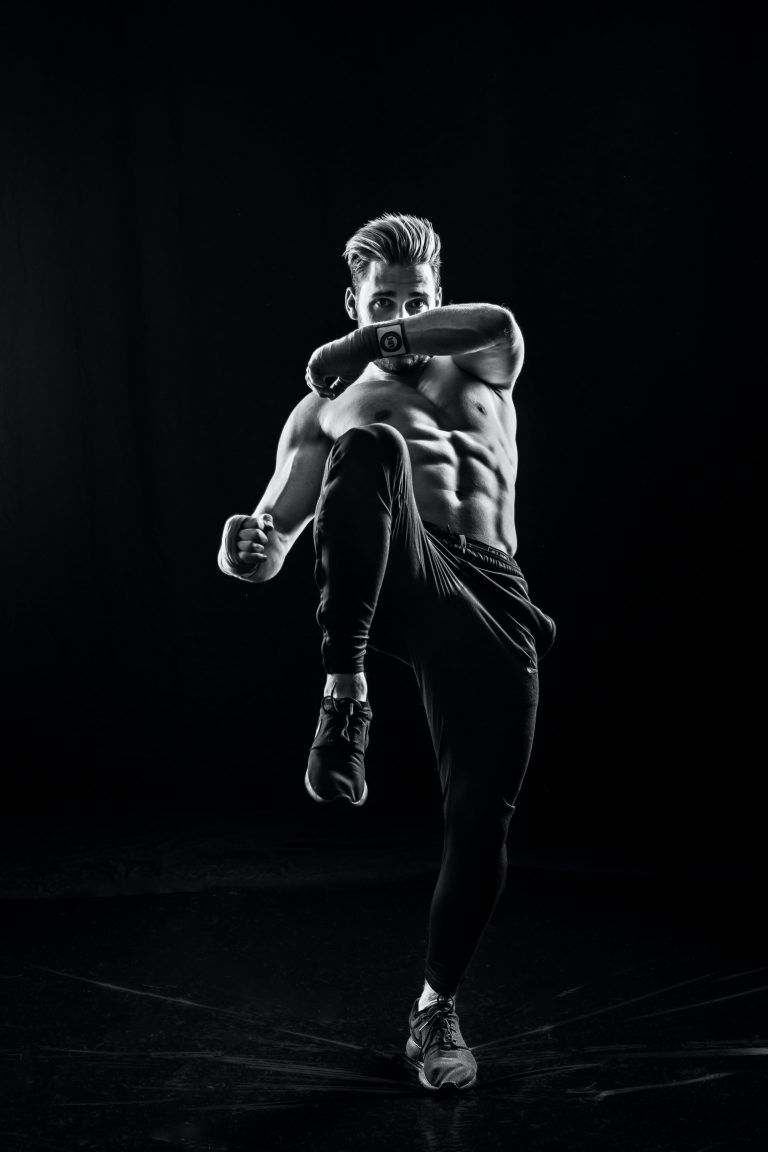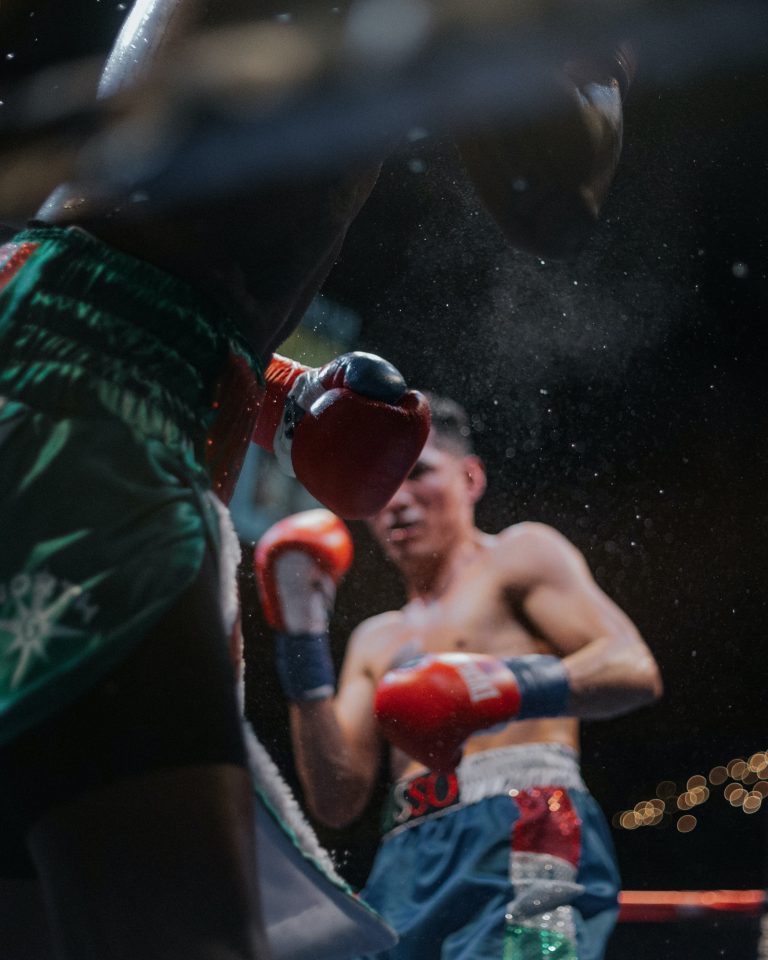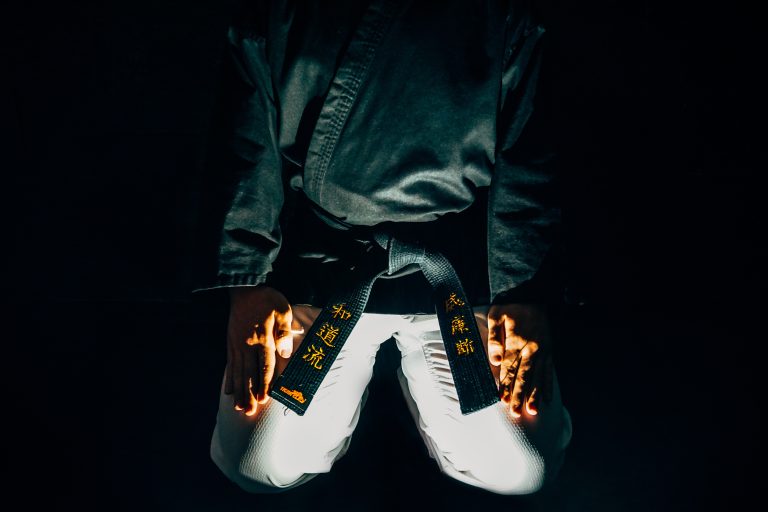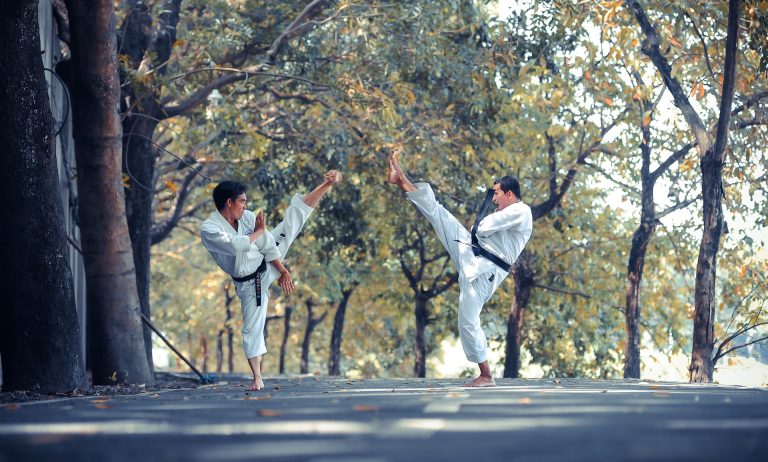How Has Karate Changed Over the Years?
Karate is a martial art that originated in Okinawa, Japan, in the 19th century. It is known for its powerful strikes, kicks, and blocks. Over the years, karate has evolved and expanded its techniques, philosophy, and competitive rules. In this blog post, we will explore the major changes that have occurred in karate since its inception.
The Evolution of Karate Techniques
Karate techniques have undergone various changes throughout history. Initially, karate consisted of basic strikes and kicks, such as the punch, kick, and knee strike. However, over the years, karate has expanded its techniques to include joint locks, throws, and grappling techniques.
One significant influence on modern karate techniques was the inclusion of other martial arts techniques. In the early 20th century, martial artists from different styles and backgrounds began to meet and share their knowledge. These exchanges led to the inclusion of new techniques, such as the judo throws, wrestling takedowns, and jiu-jitsu submissions.
Another important development in karate techniques was the advent of contact sparring. In the old days, karate was a non-contact martial art, where practitioners tested their skills against imaginary opponents. However, in the 1960s, karate became a full-contact sport, where fighters engaged in actual fights with protective gear.
In the early days of full-contact karate, the rules were limited, and fighters could use any technique to win. However, as the sport evolved, the rules became more standardized to ensure the safety of the fighters. Modern full-contact karate rules prohibit certain techniques, such as strikes to the groin and head, and require protective gear, such as helmets and mouthguards.
The Evolution of Karate Philosophy
Karate is not just a physical practice but also a way of life that emphasizes discipline, respect, and humility. Since its inception, karate has undergone significant changes in its philosophy.
In the old days, karate was taught in secret, and practitioners had to prove their worth before being accepted as a student. The emphasis was on physical training and overcoming one’s limitations. However, over time, karate evolved to include the development of mental and spiritual aspects.
One of the influential figures in the evolution of karate philosophy was Gichin Funakoshi. Funakoshi is considered the father of modern karate and is credited with popularizing karate in Japan and the world. Funakoshi emphasized the importance of respect and discipline in karate and believed that karate should be used for self-defense, rather than aggression.
Another influential figure in the evolution of karate philosophy was Mas Oyama. Oyama was a karate master who founded Kyokushin karate, which is known for its rigorous physical training and full-contact sparring. Oyama believed that karate training should be used to strengthen the mind, body, and spirit and that karate practitioners should be able to defend themselves in any situation.
The Evolution of Karate Competitions
Karate competitions have undergone numerous changes since the first Okinawan tournament was held in 1924. Initially, karate competitions were simple events where practitioners demonstrated their skills in front of judges.
However, over the years, karate competitions evolved into more elaborate events with standardized rules, scoring systems, and weight classes. The first World Karate Championship was held in 1970, and since then, karate has become an Olympic sport, with the first Olympic karate tournament being held in Tokyo in 2021.
Modern karate competitions are divided into three categories: kata, kumite, and team events. In kata, practitioners perform a series of choreographed movements to demonstrate their proficiency in karate techniques. In kumite, two fighters engage in a sparring match, with points awarded for strikes and kicks. Team events are similar to individual events, but with teams of three or more fighters competing against each other.
The Future of Karate
Karate has come a long way since its inception in Okinawa, Japan. It has evolved from a non-contact martial art to a full-contact sport and from an obscure practice to an Olympic event. However, the future of karate remains uncertain.
As karate continues to gain popularity worldwide, there is a growing concern that its essence might be lost. Some critics argue that karate has become too focused on competition and has forgotten its roots as a martial art for self-defense and personal growth.
To avoid losing its identity, karate practitioners and governing bodies must actively work to preserve the traditional aspects of karate, while embracing the new developments. Karate must strike a balance between tradition and modernity, between competition and personal growth.
What is Karate?
Karate, which means “empty hand”, is a traditional Japanese martial art. It originated in Japan, but it has now become an international sport. Karate is practiced for self-defense, fitness, and competition. The martial art involves a variety of techniques including punching, kicking, knee strikes, and open-hand techniques. In karate, structured training is given to improve self-confidence, physical strength, and mental discipline.
What are the origins of Karate?
The origins of Karate can be traced back to Okinawa, Japan. It is believed to have evolved from Chinese martial arts in the 14th century. The Okinawan style of Karate was influenced by the techniques and principles of Chinese martial arts, as well as the cultural beliefs of Okinawa. During this time, Karate was taught secretly and was only passed down from father to son or from master to disciple.
How has Karate evolved over the years?
Karate has evolved considerably over the years. It has undergone many changes in terms of technique, style, and philosophy. The early forms of Karate were very different from what we see today. For example, there were very few kicks in old Karate styles, and practitioners mostly relied on hand strikes. This changed during the 1920s when Gichin Funakoshi, the founder of Shotokan Karate, introduced many new techniques including kicks, stances, and blocks, that are still practiced today.
The way Karate is practiced has also evolved over the years. In the early days, practitioners used to train in the open air or in small rooms with dirt floors. However, today martial art studios, with padded floors, punching bags, and other training aids are available. The introduction of tournaments, world championships, and Olympic games for Karate has also brought many changes to the sport both stylistically and in terms of rules, training and techniques.
What are the different styles of Karate?
There are many different styles of Karate, each with its own unique techniques and philosophy. Some of the most popular styles of Karate include:
- Shotokan Karate
- Goju-ryu Karate
- Wado-ryu Karate
- Shito-ryu Karate
- Chito-ryu Karate
Each style is characterized by its own unique approach to Karate, including techniques, training methods, and fighting strategy. Additionally, each style has its own set of katas, which are predetermined sequences of movements used to simulate self-defense scenarios.
What are the benefits of practicing Karate?
Practicing Karate offers many benefits, including:
- Increased strength and overall fitness
- Improved flexibility and coordination
- Improved self-confidence and discipline
- Stress reduction and mental calmness
- Effective self-defense skills
- Improved social skills through interactions with other practitioners
What is the future of Karate?
Karate’s future is bright, and it is increasingly becoming a popular form of exercise and self-defense. Karate has a presence in many countries and the sport is constantly evolving, thanks to the influence of different styles and cultures.
The inclusion of Karate in the Olympics and the continued efforts of governing bodies to improve the sport have created more opportunities for practitioners around the world. As Karate continues to evolve, it is expected that new styles and techniques will emerge, making it even more exciting and intriguing to both practitioners and spectators alike.
How Has Karate Changed Over the Years?
Introduction
Karate is a Japanese martial art that features a combination of kicking, striking, and grappling techniques. It was developed in the Ryukyu Islands, which is now known as Okinawa, Japan. Karate has a long history and has undergone significant changes over the years. In this comprehensive guide, we will discuss how karate has changed over the years and highlight some of the most important developments in this martial art.
Traditional Karate
The origins of karate can be traced back to Okinawa, Japan in the 1800s. At that time, karate techniques were taught in secret and passed down through families. The techniques were primarily used for self-defense and were not meant to be used in sport or combat. Traditional karate focused on striking techniques using the fists, elbows, knees, and feet. The goal was to disable or incapacitate an attacker as quickly as possible.
Modern Karate
Modern karate has undergone significant changes since its inception in the 1800s. One of the most significant changes was the adoption of karate as a sport. Today, karate is included in the Olympic Games, and athletes from around the world compete in kata (forms) and kumite (sparring) events.
Styles of Karate
Over time, different styles of karate have emerged. Some styles focus on practical self-defense, while others emphasize competition and sport. Here are some of the most popular styles of karate:
Shotokan
Shotokan is one of the most popular styles of karate. It was founded by Gichin Funakoshi in the early 1900s and is known for its powerful and dynamic techniques.
Goju-Ryu
Goju-Ryu is another popular style of karate. It was founded by Chojun Miyagi in the 1930s and is known for its circular movements and hard-soft techniques.
Shito-Ryu
Shito-Ryu was founded by Kenwa Mabuni in the 1930s. It combines techniques from various martial arts, including karate, kung fu, and jujitsu.
Wado-Ryu
Wado-Ryu was founded by Hironori Ohtsuka in the 1930s. It emphasizes evasion and fluid movements and combines techniques from karate and jujitsu.
The Role of Women in Karate
Karate was traditionally a male-dominated activity, and women were not encouraged to practice the martial art. However, over time, more women have become involved in karate, and today there are many female karateka (karate practitioners). Women’s karate has also undergone significant changes over the years, with the focus shifting from self-defense to sport and competition.
Conclusion
Karate has a rich history and has undergone significant changes over the years. From its origins as a secret martial art in Okinawa to its current status as an Olympic sport, karate has evolved and adapted to meet the changing needs of society. Whether you practice karate for self-defense, sport, or personal enrichment, it is important to understand the history and evolution of this fascinating martial art.
References:
1. „The Evolution of Karate.“ Japan Karate Association World Federation, https://www.jkf.ne.jp/en/about/evolution.html.
2. „Karate History.“ World Karate Federation, https://www.wkf.net/what-is-karate/history/
3. „Styles of Karate.“ Karate by Jesse, https://www.karatebyjesse.com/styles-of-karate/
Inhaltsverzeichnis






